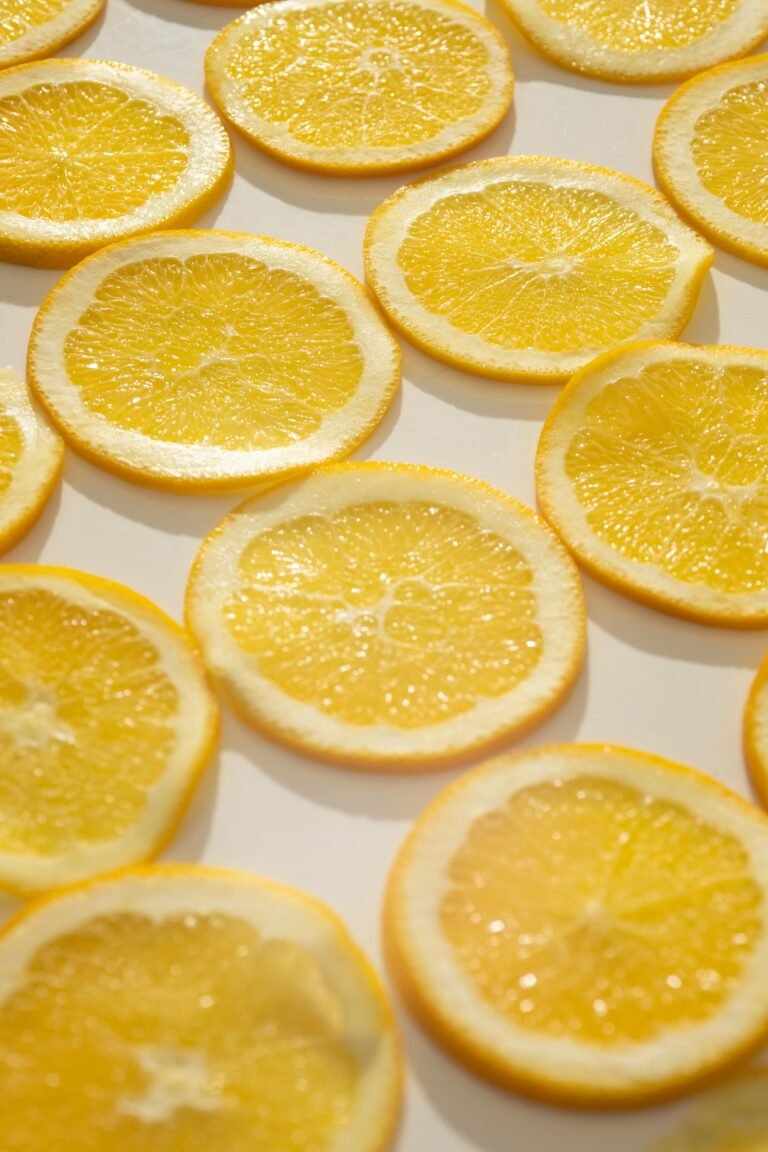Swaps, food replacements for weight loss
In English they are called ” swaps ” and are the substitutions that in the diet can make you replace some foods that you usually consume with less caloric alternatives.
In some cases these are food substitutions that do not make a big difference in taste, but they do in calories, let’s think for example of the difference between whole milk and semi-skimmed milk.
In other cases, these are completely different foods, but which resemble the former for some characteristics that make them excellent replacements.
Using the swaps technique allows us to lose weight without suffering too much hunger and without making sacrifices in reducing portions. Those who used this method have lost up to 30 kilos without going hungry .
In fact , a recent study found that eating processed foods, for example, prompts people to consume more than 500 calories a day without realizing it.
In fact, many food swaps or substitutions point to alternatives that are not only less dense in calories, but more natural.
Let’s see the most effective food replacements or swaps according to a dietician .
SWAPS: FOOD SUBSTITUTIONS
TO LOSE WEIGHT WITHOUT DIET
Cup of milk with granola and sugar versus cup of porridge in skim milk with stevia.
If we cook 40 grams of oat flakes in a cup of skim milk and sweeten them with stevia and spices or a handful of blueberries, we save 285 calories compared to drinking a cup of sweetened milk in which we add the muesli or puffed cereals to spoonfuls. This is because the calories of the muesli are over 450, 100 more than the oat flakes: moreover the granola is heavier, while 40 grams of oat flakes fall apart in the milk and triple their volume.
In total, we are talking about a 550-calorie breakfast versus a 270-calorie breakfast with porridge.
Same thing if we eat milk and biscuits or croissant and cappuccino. The porridge wins again in this case.
100 grams of mashed avocado against 100 grams of fresh peas weighed and boiled. Avocado is good and healthy, as long as you don’t overdo it, as it contains 160 calories per 100 grams. For avocado lovers spread on toast or guacamole, a similar taste is achieved with the same amount of peas. And with peas you can make a delicious light guacamole, saving around 90 calories per serving. Here the recipe.
2 slices of sandwich bread versus two wasa light slices: wasa are wholemeal crackers similar to rusks found in almost every supermarket, yeast-free and high in fiber. They are twice the volume of a biscuit or cracker, but only 30 calories each if we choose the blue pack. Perfect in the morning instead of 2 slices of sandwich bread: they are more filling and a good 64 calories are saved.
Traditional spaghetti versus vegetable noodles.
Vegetable noodles have become very trendy. Whether they are zucchini, pumpkin, carrot, they allow us to easily create a vegetable and low-calorie pasta to be seasoned in the sauce, blanching it for a minute in hot water. To get this wonder and cut 300 calories every 100 grams, you need to use a spiralizer, which makes us get spaghetti from vegetables. The zucchini ones are called zoodles, the spaghetti squash ones are called squash.
A plate of white rice against a plate of quinoa. For the same cooked weight (150 grams) between a plate of rice and one of quinoa there is a difference of 74 calories. Quinoa is also more filling with its protein content.
Mashed potatoes versus mashed vegetables.
Many vegetables lend themselves to a puree, for example beets and carrots, but if you’re looking for a low-calorie alternative to the classic mashed potatoes, try pumpkin or cauliflower. More than 100 calories per serving are saved.
A packet of fries versus a packet of popcorn: popcorn wins for the same weight, because they allow us to save about 42 calories from the snack.
Butter versus apple compote.
Apple compote can be used as a substitute for butter in cake and donut recipes. Considering that 100 grams of butter provide about 750 calories compared to 50 for apple compote, in a dessert that includes 200 grams of butter, 1400 calories are saved, that is more than 140 calories per slice.
Tuna in oil versus natural tuna.
The difference between the two is around 80-100 calories. This is because all the fish preserved in oil tends to absorb a large part of it.
Rice versus potatoes.
100 grams of white rice contain about 370 calories but satiate less than 300 grams of boiled potatoes, which are considered the dish with the highest satiety index. Conversely, 120 calories are saved.
Cake versus melon.
300 grams of melon provide about 100 calories, even a simple slice of cake contains at least 350. For a snack, this quantity of melon is a real hunger blocker, and it also takes away the desire for sweet. Instead, a slice of cake becomes a meal.
Whole Greek yogurt versus skimmed Greek yogurt.
Whole Greek yogurt tastes much better than skim, but it sure has double the calories per package. Skimmed yogurt with sweetener and cinnamon typically has 100 calories. Let’s add some chopped fruit and we will have a hearty breakfast with only 200 calories.
Classic bun burger versus mushroom burger.
With the caps of large champignon mushrooms or portobello mushrooms passed in the oven for 2-3 minutes or on the pan for a light sear or even raw we can make hamburger buns without bread. It saves 150 calories.



























+ There are no comments
Add yours